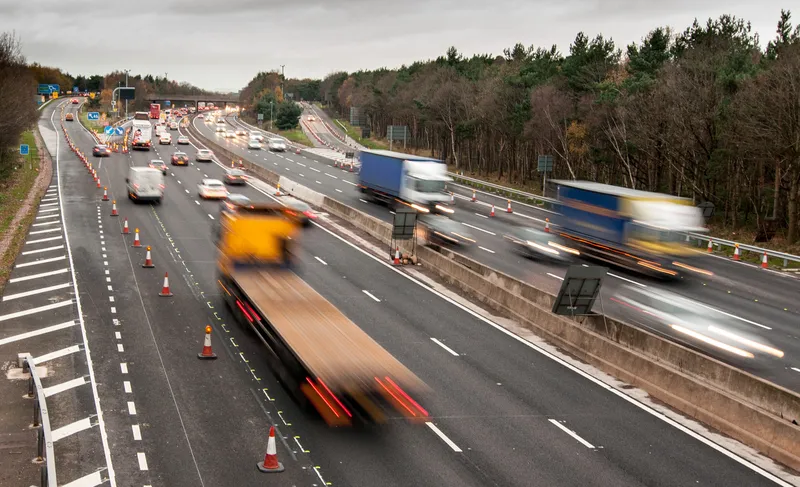Satellite vehicle tracking technology from Isotrak is helping Skanska UK’s utilities business save on fuel and reduce emissions. Using the real-time system to track the company’s mobile workforce on the road enables efficient vehicle management and provides detailed reporting on individual driving styles for each driver. This has enabled the company to manage its fleet and drivers better by helping them to comply with its environmental policy and duty of care programme. According to Isotrak, the solution c
February 6, 2013
Read time: 2 mins
Satellite vehicle tracking technology from 7137 Isotrak is helping 7136 Skanska UK’s utilities business save on fuel and reduce emissions. Using the real-time system to track the company’s mobile workforce on the road enables efficient vehicle management and provides detailed reporting on individual driving styles for each driver. This has enabled the company to manage its fleet and drivers better by helping them to comply with its environmental policy and duty of care programme.
According to Isotrak, the solution complements driver-training initiatives through the capture and presentation of vehicle telemetry, relevant to driver behaviour. This information is captured in real time, date and time stamped and is accurate. Through the identification of inefficient and unsafe driver behaviour, Isotrak provides an objective assessment of road safety and allows a targeted approach to driver training and education.
Boyd Neal, business manager at Skanska said, “We are wholly committed to our green agenda and have found that by implementing Isotrak’s tracking and telematics system we have been able to keep in line with our fleet company policy, significantly reducing fuel consumption and CO2 within the business, while instilling safe and efficient driving skills into our work force.”
Isotrak’s KPI (key performance indicator) focused solution allows Skanska to configure the system to match its own business objectives and make operational efficiencies and reduce CO2 emissions. This enables monitoring of driver behaviour and gives detailed information, including maximum speed over a given period, harsh or dangerous acceleration, heavy braking and time spent at dangerous speeds. The information can then be used to identify areas where driver training is necessary and allow regular and ongoing coaching of drivers.
According to Isotrak, the solution complements driver-training initiatives through the capture and presentation of vehicle telemetry, relevant to driver behaviour. This information is captured in real time, date and time stamped and is accurate. Through the identification of inefficient and unsafe driver behaviour, Isotrak provides an objective assessment of road safety and allows a targeted approach to driver training and education.
Boyd Neal, business manager at Skanska said, “We are wholly committed to our green agenda and have found that by implementing Isotrak’s tracking and telematics system we have been able to keep in line with our fleet company policy, significantly reducing fuel consumption and CO2 within the business, while instilling safe and efficient driving skills into our work force.”
Isotrak’s KPI (key performance indicator) focused solution allows Skanska to configure the system to match its own business objectives and make operational efficiencies and reduce CO2 emissions. This enables monitoring of driver behaviour and gives detailed information, including maximum speed over a given period, harsh or dangerous acceleration, heavy braking and time spent at dangerous speeds. The information can then be used to identify areas where driver training is necessary and allow regular and ongoing coaching of drivers.









